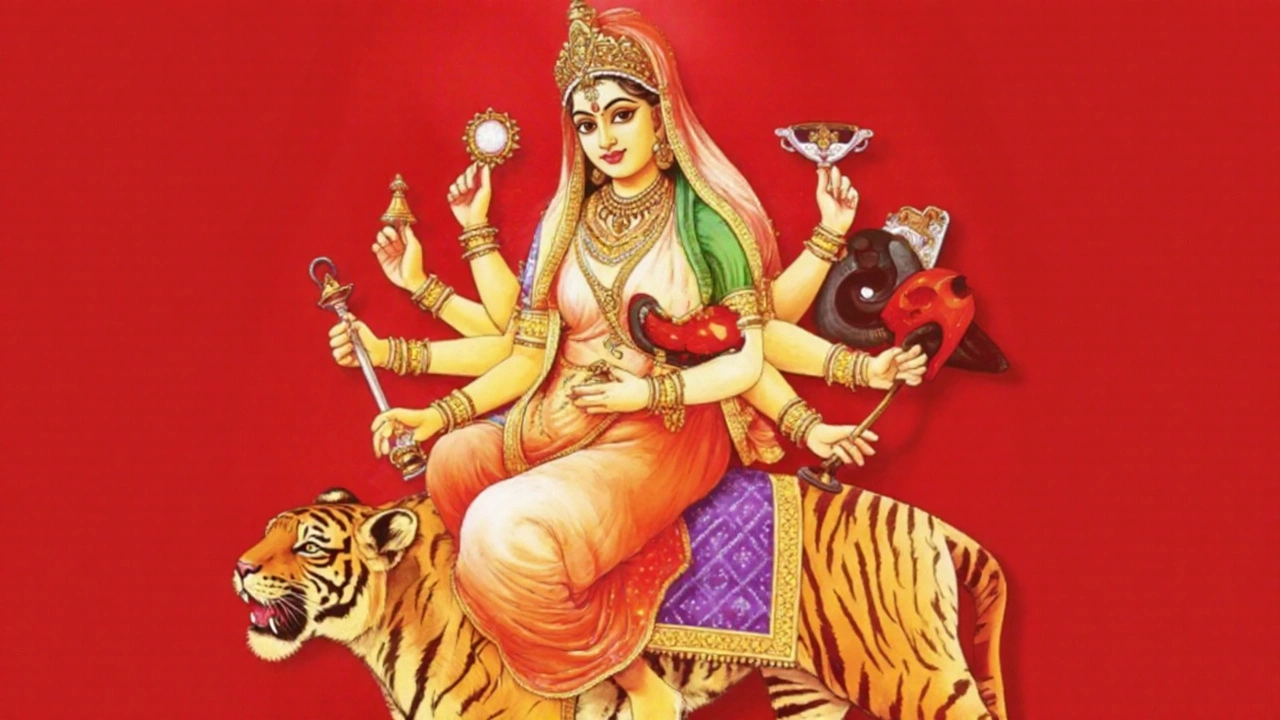Puja Vidhi: Simple Steps for Every Festival
If you’ve ever felt unsure about how to start a puja, you’re not alone. Many people wonder what the exact steps are, which items you really need, and how to keep the ritual clean and meaningful. This guide breaks everything down into plain language so you can follow along without getting lost.
Essential Items for a Puja
The first thing to sort out is the list of items. You don’t need a fancy set – a few basics will do. Grab a clean plate or tray, a small water vessel, fresh flowers, incense sticks, a lamp (or tea light), and something to offer as sweets, like fruit or jaggery. If you have a picture or idol of the deity you’re honoring, place it in the center.
Anything you use should be clean. Wipe the surface with a damp cloth, and make sure the water is fresh. This helps keep the puja pure and shows respect.
Step‑by‑Step Guide
1. Prepare the space. Choose a quiet corner, clear any clutter, and lay out the items you gathered. Light the lamp or candle – the flame represents knowledge and invites the divine.
2. Make an offering of water. Sprinkle a few drops on the deity’s picture or idol. Water symbolizes purity and helps you focus.
3. Offer flowers. Place the flowers gently on the plate. Their fragrance is a sign of love and respect.
4. Light incense. Light a stick and let the smoke rise. The smell clears the mind and creates a calm atmosphere.
5. Recite a short prayer. You can use a traditional mantra or simply say, “May this puja bring peace and blessings.” Speak from the heart – the words matter less than the intention.
6. Offer sweets. Place the fruit or jaggery on the plate. Sweetness is a wish for a sweet life.
7. Circulate the lamp. Walk clockwise around the lamp once, keeping your focus on the flame. This step is called pradakshina and helps spread positive energy.
8. Conclude with gratitude. Bow your head, thank the deity, and gently blow out the flame. Feel the calm linger before you move on with your day.
That’s it – eight easy steps you can repeat for any festival or personal prayer. The key is to stay present, keep the space tidy, and use items you feel comfortable with.
For beginners, it helps to practice once a week. Start with a short puja in the morning, then gradually add more steps as you get comfortable. Over time, the routine becomes second nature and you’ll notice a deeper sense of peace.
Remember, puja vidhi is not about perfection. It’s about intention, respect, and creating a moment of connection. Whether you’re celebrating Diwali, Navratri, or a personal milestone, these simple steps will guide you through a meaningful ritual.
